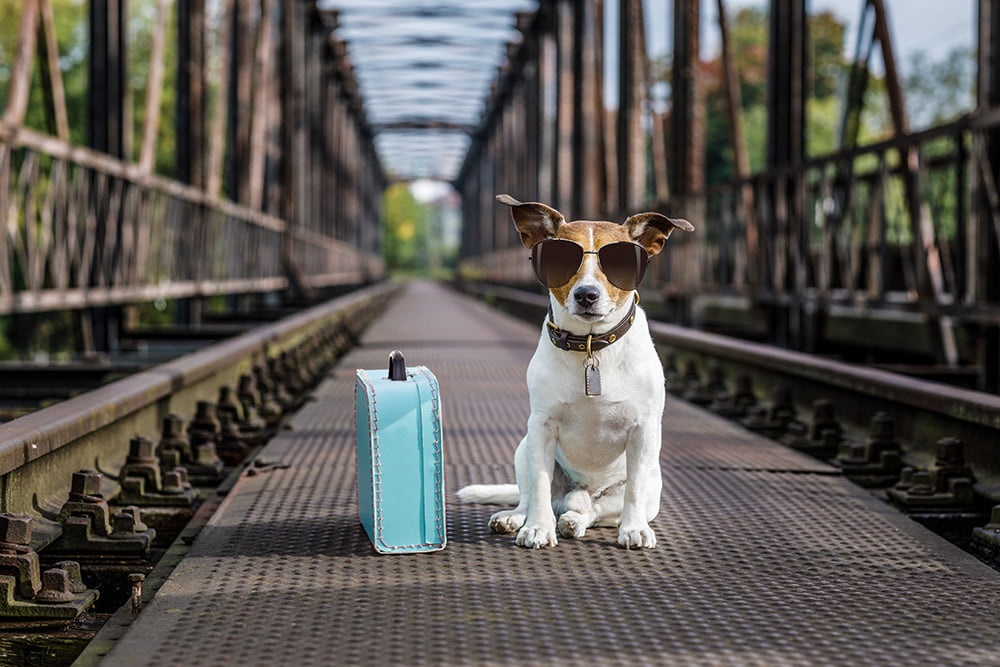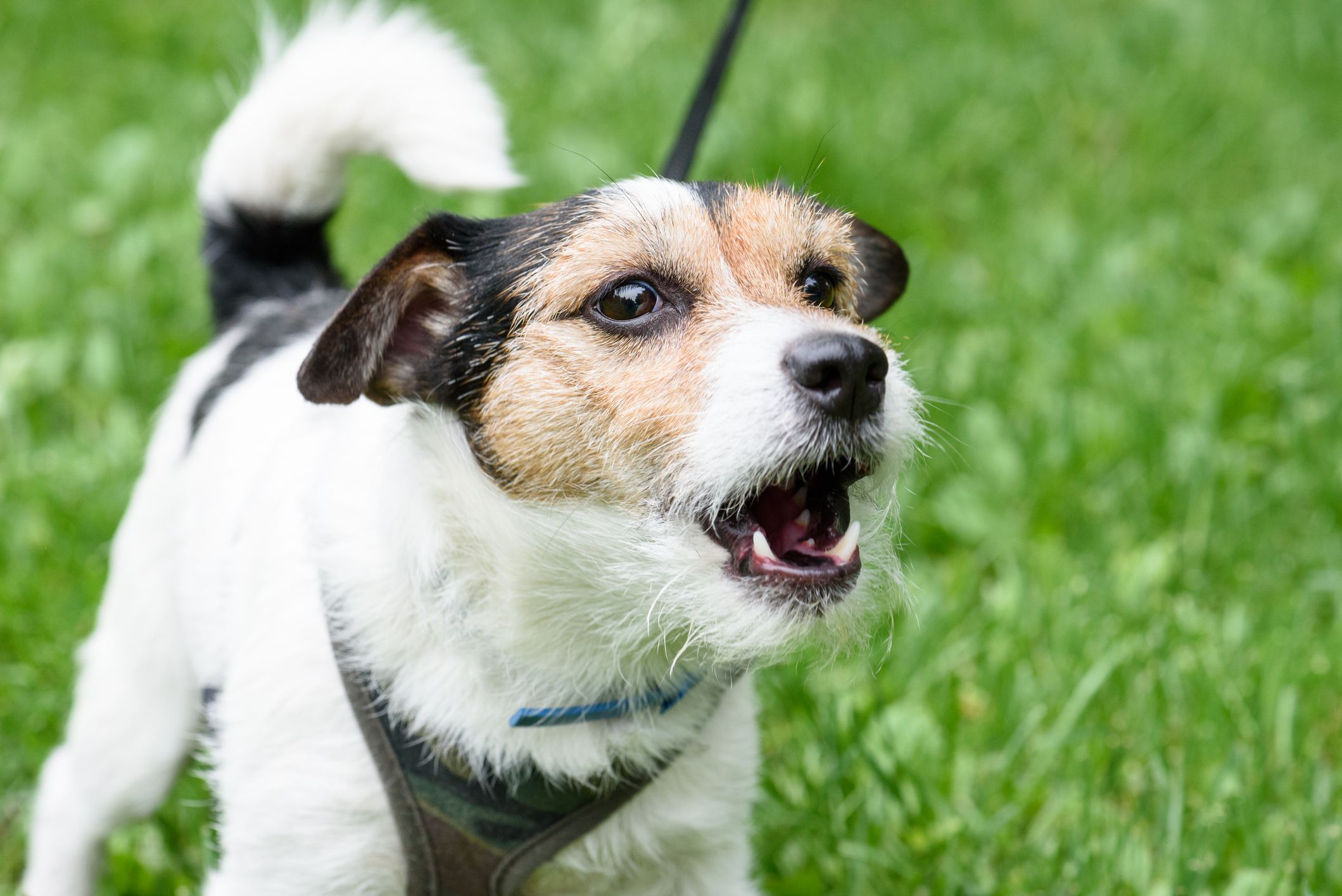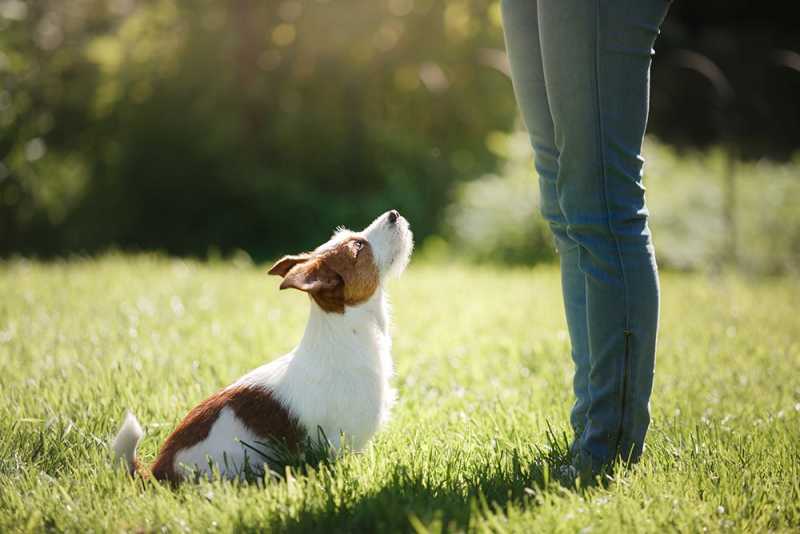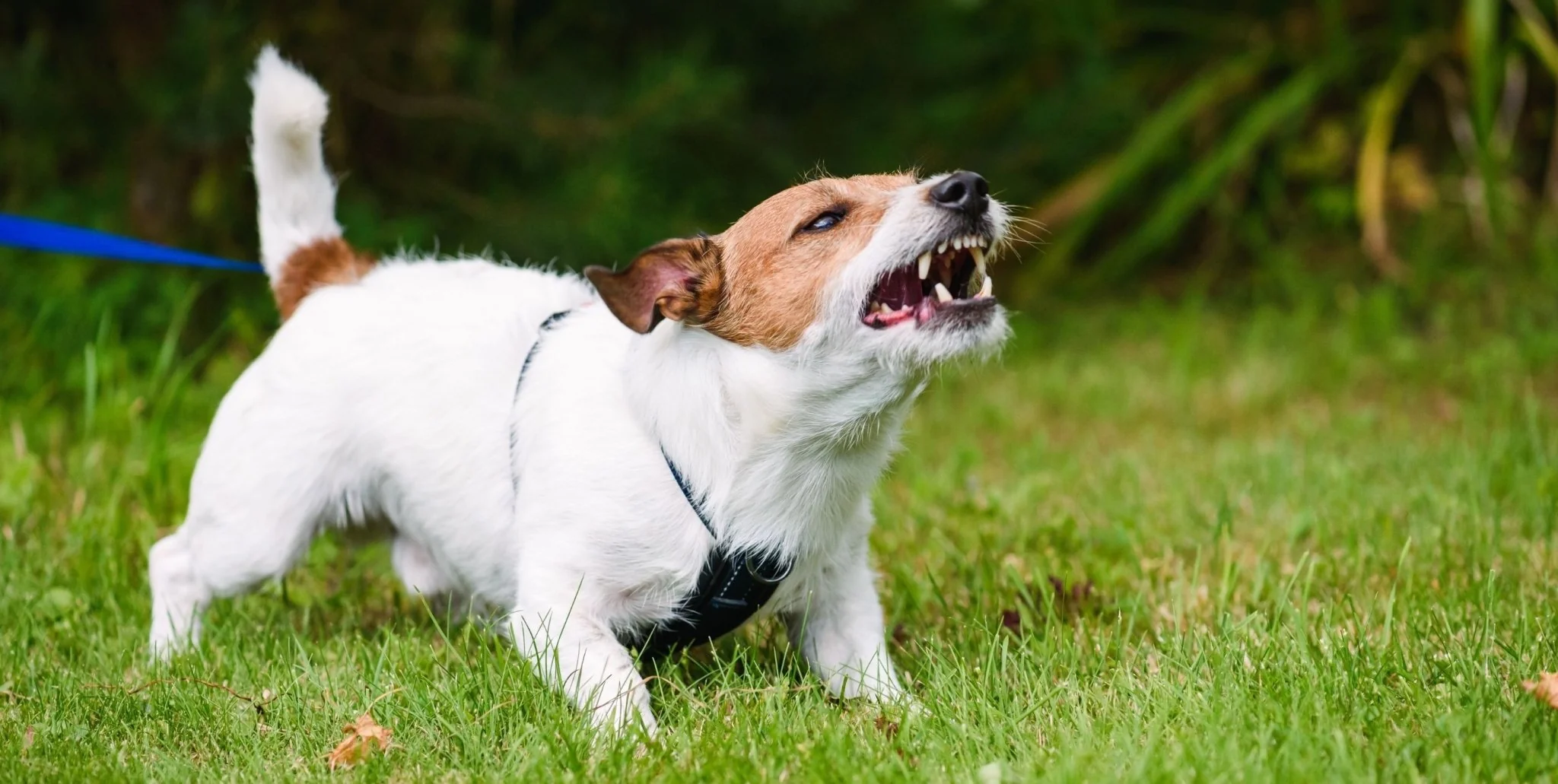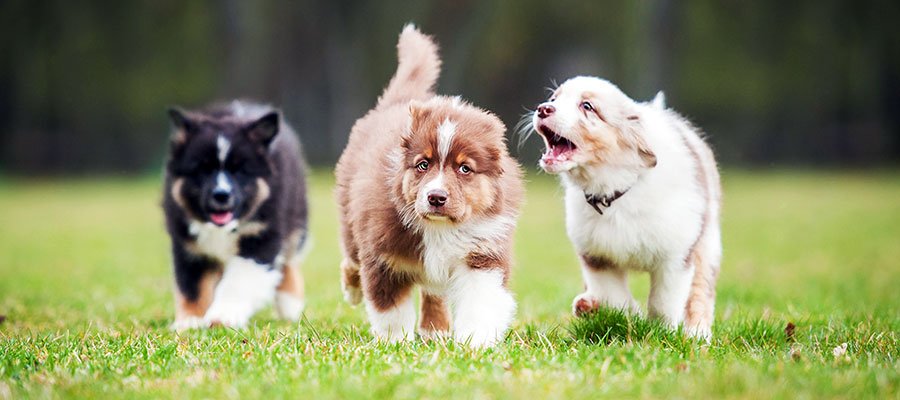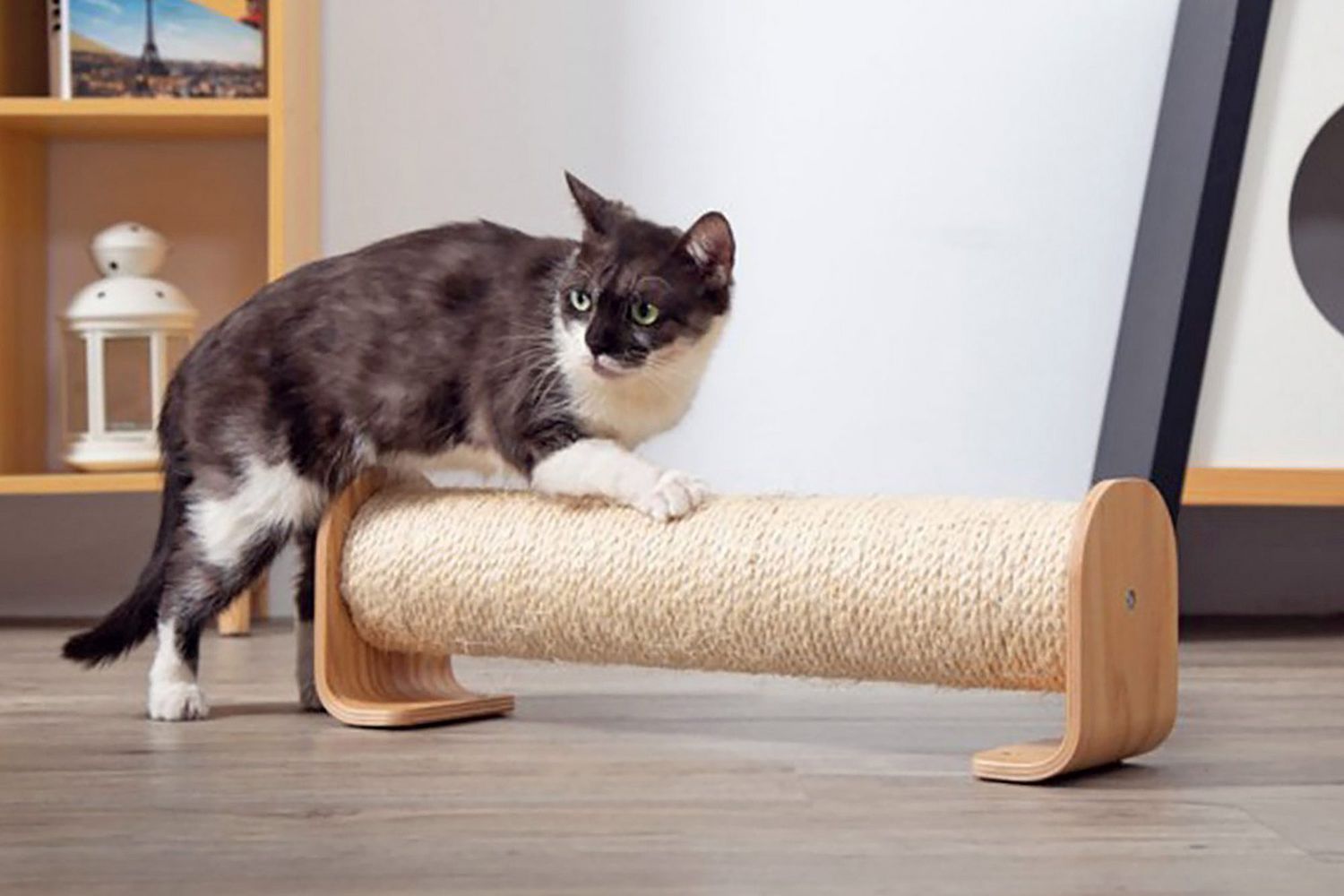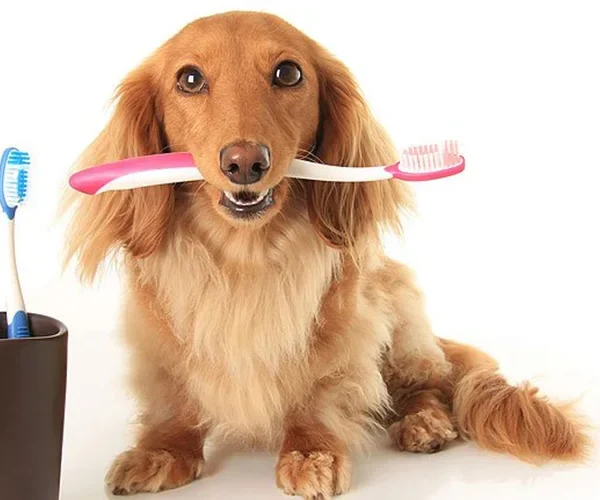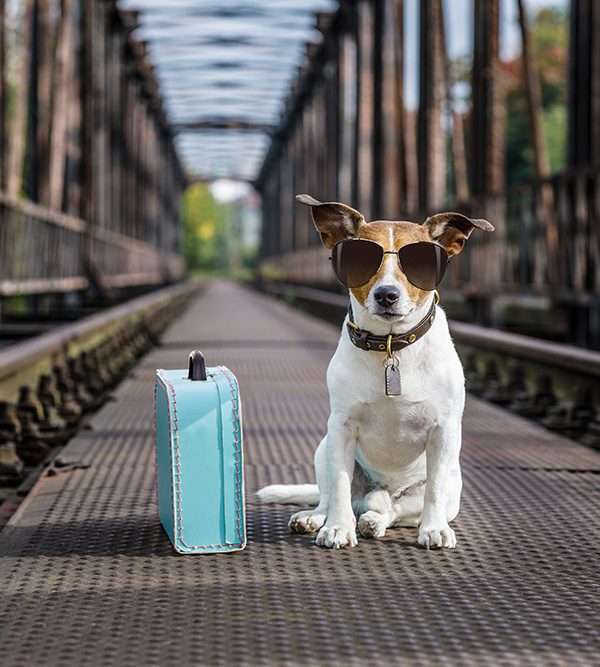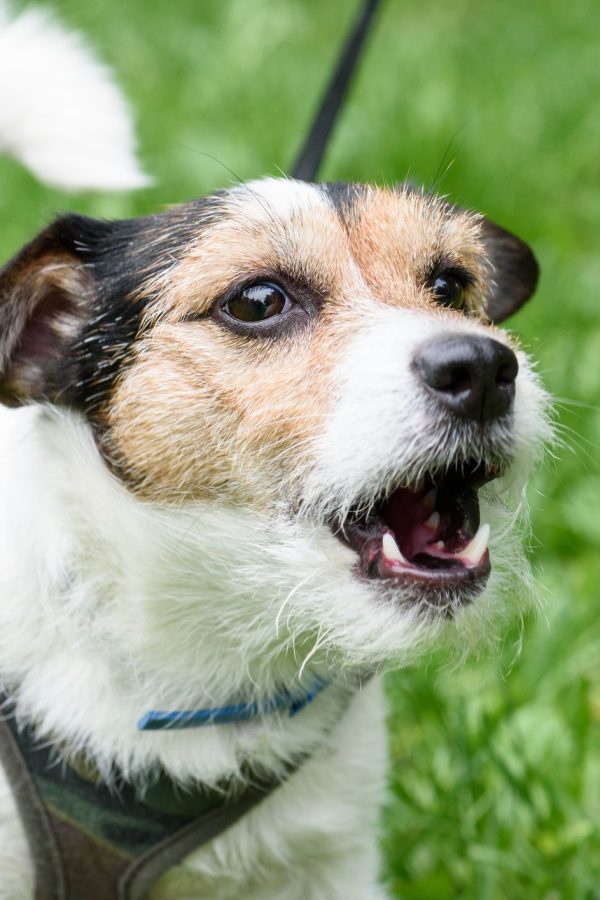Learn valuable tips for leash training your dog and enjoy stress-free walks together, strengthening the bond between you and your furry friend.
Tips for Leash Training Your Dog
Walking your dog should be an enjoyable and relaxing experience for both you and your furry friend. However, if your dog constantly pulls on the leash or displays erratic behavior, it can quickly turn into a stressful and frustrating ordeal. Leash training is an essential skill that every dog owner should master to ensure pleasant walks and a strong bond with their pet. Here are some tips to help you leash-train your dog and enjoy stress-free walks together.
Tips
- Start early. It’s best to start leash training your dog as early as possible. Puppies are more receptive to learning and adapting to new experiences. Introduce them to the leash gradually, allowing them to sniff and investigate it before attaching it to their collar. Begin with short walks in a familiar environment to build their confidence.
- Use positive reinforcement. Positive reinforcement is the key to successful leash training. Reward your dog with treats, praise, or even playtime whenever they exhibit desirable behavior such as walking calmly beside you or responding to commands. This helps them associate walking on a leash with positive experiences, making them more eager to comply.
- Be patient and consistent. Leash training takes time and patience. Don’t get discouraged if your dog doesn’t get it right away. Just keep practicing and be consistent with your training.
- Choose the Right Equipment. Invest in a well-fitting harness or collar that won’t cause discomfort or harm to your dog. Avoid using choke chains or prong collars, as they can cause pain and injury. A front-clip harness can be particularly effective in discouraging pulling by redirecting your dog’s attention towards you.
Here is a harness related post for your Dog: Dog Harnesses: Choosing the Right Harness for Control and Safety
- Start Indoors. Before venturing outside, practice walking indoors where there are fewer distractions. Use treats and verbal cues to encourage your dog to follow you and maintain a loose leash. Gradually increase the difficulty level by adding distractions like toys or other people..
- Start in a quiet area. When you’re first starting out, it’s best to practice in a quiet area where there are few distractions. This will help your dog focus on you and the leash.
- Be a leader. When you’re walking your dog, you should be the leader. This means being in control of the leash and setting the pace. If your dog starts to pull, stop walking and wait for them to come back to you.
- Be consistent with your commands. Once your dog learns a command, be consistent with it. This means using the same command every time and rewarding your dog for following it.
- Take breaks. If your dog is getting frustrated or tired, take a break. This will help them stay focused and motivated.
- Be Consistent. Consistency is key when it comes to leash training. Use the same verbal cues and hand signals consistently so that your dog can understand your expectations. Stick to a regular walking routine, ensuring that you set aside enough time for walks and exercise. Dogs thrive on routine, and regular walks will help burn off excess energy, making them more focused during training sessions.
- Be Patient. Leash training takes time and patience. Remember that every dog learns at their own pace, so avoid getting frustrated or resorting to punishment. Instead, remain calm and composed, offering encouragement and rewards for small victories. Celebrate progress, no matter how small, and avoid rushing the process
- Practice Loose Leash Walking. Teach your dog to walk on a loose leash by using the “stop and go” technique. Whenever your dog pulls on the leash, stop walking and stand still. Wait until they release tension on the leash before continuing. This teaches them that pulling leads to a halt in progress, while walking calmly results in forward movement.
- Socialize Your Dog. Leash training also involves exposing your dog to different environments, people, and other animals. Gradually introduce them to new situations and provide positive experiences. Socialization helps reduce anxiety and improves their overall behavior during walks
With patience and consistency, you can teach your dog to walk on a leash without pulling. This will make your walks more enjoyable for both of you.
Additional tips for leash training
Here are some additional tips for leash training your dog:
- Choose a quiet spot to start. Once your dog is comfortable wearing a collar or harness and leash, start practicing in a quiet area with few distractions.
- Start with short walks. Don’t try to walk your dog for too long at first. Start with short walks and gradually increase the duration as your dog gets better at walking on the leash.
- Use positive reinforcement. When your dog walks on the leash without pulling, reward them with a treat, praise, or a toy. This will help them associate good behavior with walking on the leash.
- Avoid distractions. Once your dog is starting to get the hang of walking on the leash, you can start practicing in areas with more distractions. However, it’s important to be patient and consistent and to avoid distractions that are too overwhelming for your dog.
- Be a leader. When you’re walking your dog, you should be the leader. This means being in control of the leash and setting the pace. If your dog starts to pull, stop walking and wait for them to come back to you.
- Have fun! Walking your dog should be a fun experience for both of you. If you’re enjoying yourselves, your dog will be more likely to enjoy themselves too.
Remember, leash training is an ongoing process that requires consistent effort and positive reinforcement. Be patient with your dog and celebrate their progress along the way. With time, practice, and lots of love, you and your furry companion will be able to enjoy stress-free walks together, strengthening the bond between you both.


